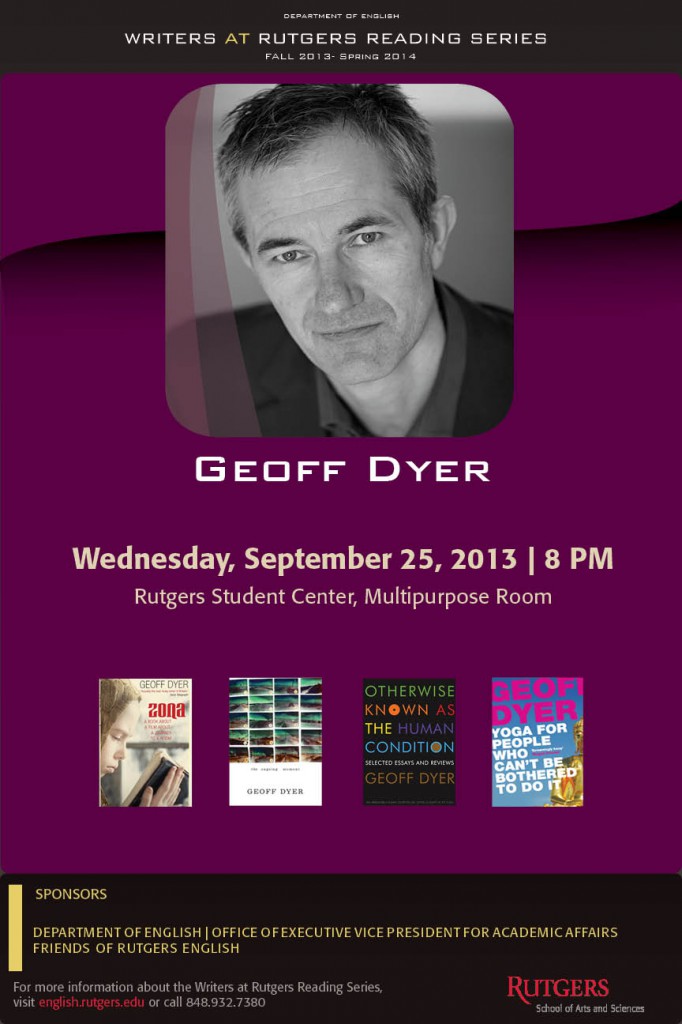Description:
Technology office is seeking production assistants to support its video services. Primary duties will be editing, assisting at shoots and live events, graphics work, and maintaining archives and organizational systems. Video Production Assistants will also be expected to assist as needed with office work, client relations, research, writing, training, and project development. They may have the opportunity to research, develop and propose video projects that serve the University and Rutgers students, staff, and faculty. 8-15 hours/week, exact hours are flexible and candidates must be prepared to occasionally assist on evening or weekend shoots.
Candidates must be able to work independently and responsibly, meet deadlines, understand and apply creative criticism, problem-solve and troubleshoot, learn new workflows quickly, and demonstrate an interest in video production, storytelling, new technologies, and improving the effectiveness of technology at Rutgers.
Professionalism, responsibility, strong communication and organizational skills are essential. Candidates must be Mac competent, familiar with Microsoft Word, Powerpoint, Excel, Youtube, and GoogleDocs. MUST be familiar with Final Cut Pro and digital video cameras. Experience with the following recommended: DVDstudio, Adobe Creative Suite, LiveType, PhotoShop After Effects, Camtasia.
Understanding/experience of web design a plus.
Minimum GPA of 2.9. Please also provide a reference (example: instructor/professor, advisor, employer) with resume.
All applicants MUST submit a sample of past video work of 2-3 items minimum (personal projects, class/group projects, freelance work etc.). DVDs or weblinks ONLY for any video; PDFs or JPEGs for any written work or images. Submit these materials to Jenna Kovacs at jennankovacs@gmail.com
Requirements:
Strong communication and writing skills
Experience with Final Cut Pro
Familiarity with Youtube, Google Docs, and Microsoft Office
Some experience with digital filmmaking
Interest in video production or technology
Work Sample
Minimum GPA 2.9
Position Title: Customer Support Technician
Based at:Busch Campus Administrative Office Annex 1
Contact: Jenna Kovacs at jennankovacs@gmail.com
Hours:Office hours are from 8:00 AM – 6:00 PM
10 – 15 hours a week
Hours are negotiable and flexible
Start Date:Early March, 2013
Description:The Office of Instructional and Research Technology is looking for Customer Support Technicians to assist the University community over the phone and through email.
Job Responsibilities:Responsibilities include answering phones and email professionally, troubleshooting, answering special requests made by users, generating detailed tracking tickets, and assisting with special projects as directed by the full time staff of OIRT.
Requirements:Must be a Rutgers student (preferably Freshman or Sophomore)
Good verbal and written communication
Ability to work in a technical environment
Ability to work without direct supervision
Ability to explain technical details to non-technical customers
Title: Video Production Assistant
(Rutgers Students only)
Contact: Jenna Kovacs at jennankovacs@gmail.com
Hours: 8-15 hours/week
Monday-Friday 9am-6pm, occasional evening or weekend hours
Start Date: Feb 5, 2013
Description:
Technology office is seeking production assistants to support its video services. Primary duties will be editing, assisting at shoots and live events, graphics work, and maintaining archives and organizational systems. Video Production Assistants will also be expected to assist as needed with office work, client relations, research, writing, training, and project development. They may have the opportunity to research, develop and propose video projects that serve the University and Rutgers students, staff, and faculty. 8-15 hours/week, exact hours are flexible and candidates must be prepared to occasionally assist on evening or weekend shoots.
Candidates must be able to work independently and responsibly, meet deadlines, understand and apply creative criticism, problem-solve and troubleshoot, learn new workflows quickly, and demonstrate an interest in video production, storytelling, new technologies, and improving the effectiveness of technology at Rutgers.
Professionalism, responsibility, strong communication and organizational skills are essential. Candidates must be Mac competent, familiar with Microsoft Word, Powerpoint, Excel, Youtube, and GoogleDocs. MUST be familiar with Final Cut Pro and digital video cameras. Experience with the following recommended: DVDstudio, Adobe Creative Suite, LiveType, PhotoShop After Effects, Camtasia.
Understanding/experience of web design a plus.
Minimum GPA of 2.9. Please also provide a reference (example: instructor/professor, advisor, employer) with resume.
All applicants MUST submit a sample of past video work of 2-3 items minimum (personal projects, class/group projects, freelance work etc.). DVDs or weblinks ONLY for any video; PDFs or JPEGs for any written work or images. Submit these materials to Jenna Kovacs at jennankovacs@gmail.com
Requirements:
Strong communication and writing skills
Experience with Final Cut Pro
Familiarity with Youtube, Google Docs, and Microsoft Office
Some experience with digital filmmaking
Interest in video production or technology
Work Sample
Minimum GPA 2.9


